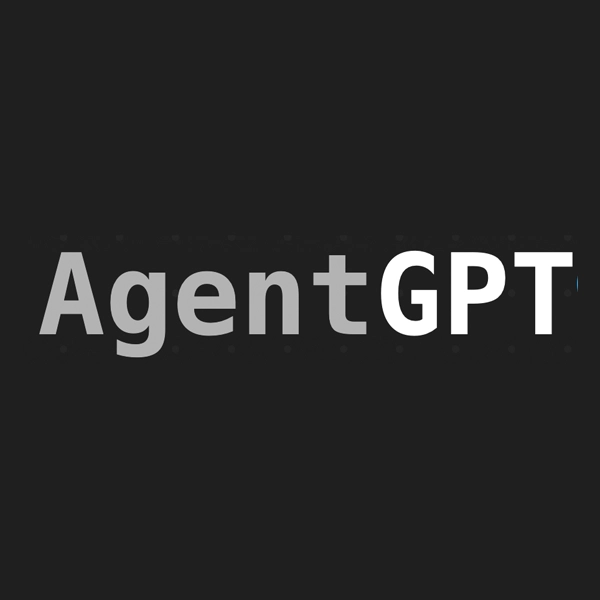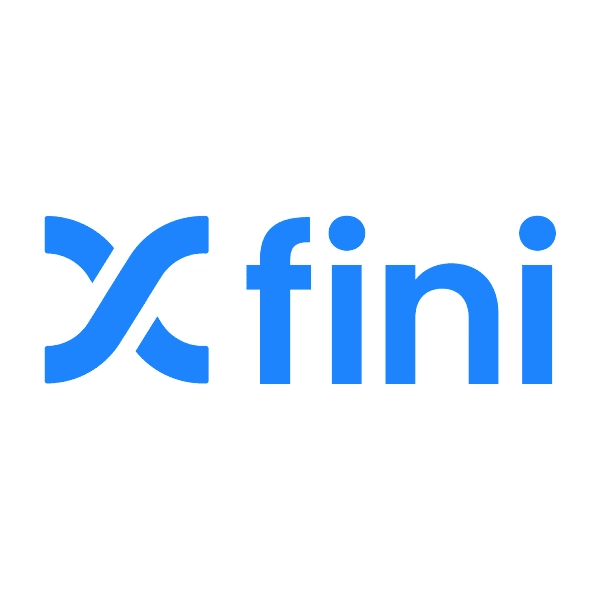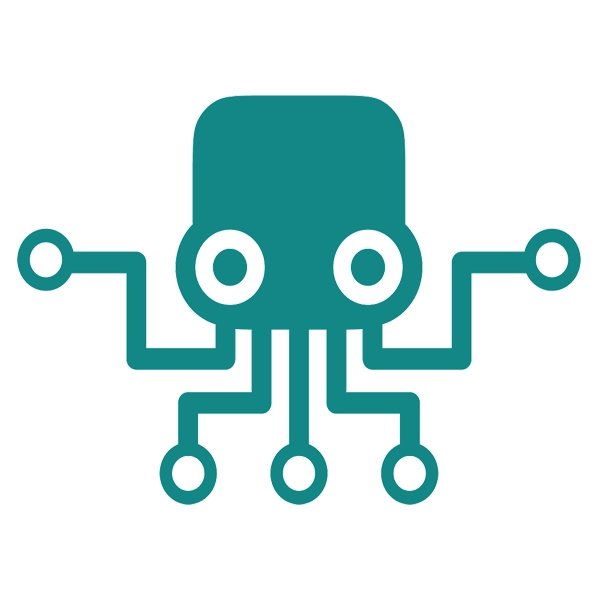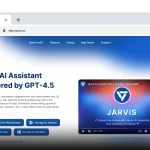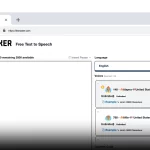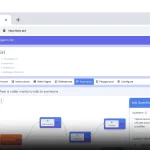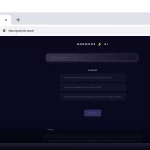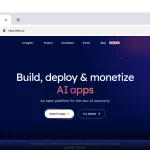DeepSeek vs OpenAI DeepSeek vs OpenAI Explained. We compare all the details between these two.

Generate AI Voices, Indistinguishable from Humans
Get started for freeTable of Contents
In the rapidly evolving landscape of artificial intelligence (AI), two organizations have recently captured significant attention: DeepSeek, a Chinese AI startup, and OpenAI, a prominent American AI research lab.
Side note: While the intro might sound generic, and “corporate blog” with “In the rapidly evolving landscape…” Yawn. It has actually never been truer. The AI landscape is rapidly evolving. So, in this case, we’ll allow it. Carry on.
Both have developed advanced large language models (LLMs), but they differ in their approaches, costs, and philosophies.
Founding and Mission
DeepSeek was established in 2023 by Liang Wenfeng, who also co-founded the hedge fund High-Flyer. Initially, High-Flyer focused on AI and algorithm-based trading before branching out into broader AI research, leading to the creation of DeepSeek. The company emphasizes open-source development, aiming to make advanced AI accessible to a wider audience.
OpenAI, founded in 2015 by Elon Musk, Sam Altman, and others, began as a non-profit organization with the mission to ensure that artificial general intelligence (AGI) benefits all of humanity. Over time, OpenAI transitioned to a capped-profit model to attract funding, partnering with companies like Microsoft to advance its research.
Model Development and Costs
DeepSeek’s flagship model, DeepSeek-R1, was developed with a focus on efficiency and cost-effectiveness. The company reported that the training of DeepSeek-R1 required less than $6 million in computing resources, utilizing innovative training methods and optimized algorithms to achieve high performance without incurring substantial expenses.
In contrast, OpenAI’s models, such as GPT-4, have been associated with significantly higher development costs. While exact figures are proprietary, estimates suggest that training GPT-4 involved expenditures in the range of hundreds of millions of dollars, reflecting the extensive computational resources and data required.
Performance and Capabilities
DeepSeek-R1 has demonstrated strong performance in specific domains, particularly in mathematical reasoning and coding tasks. Benchmark tests indicate that DeepSeek-R1 slightly outperforms OpenAI’s models in mathematical problem-solving, achieving a 79.8% accuracy compared to OpenAI’s 79.2% on the American Invitational Mathematics Examination (AIME) 2024 benchmark.
OpenAI’s models, such as GPT-4, are renowned for their versatility and general-purpose capabilities. They excel in a wide range of tasks, including natural language understanding, translation, and creative writing.
For instance, in the Massive Multitask Language Understanding (MMLU) benchmark, OpenAI’s models have achieved higher accuracy rates compared to DeepSeek-R1, indicating a broader knowledge base and proficiency in diverse subjects.
Open-Source vs. Proprietary Approaches
A significant distinction between the two organizations lies in their approach to sharing their models. DeepSeek has fully open-sourced DeepSeek-R1, allowing developers worldwide to access, modify, and implement the model freely. This open-source strategy promotes collaboration and accelerates innovation across the AI community.
OpenAI, while initially committed to open research, has adopted a more proprietary stance in recent years. Models like GPT-4 are not open-source, and access is provided through commercial partnerships and paid APIs. This approach enables OpenAI to maintain control over the deployment and use of its models, ensuring safety and ethical considerations are upheld.
Market Impact and Reception
The release of DeepSeek-R1 has had a notable impact on the tech industry. Its cost-effective development and open-source nature have challenged existing paradigms, leading to significant market reactions.
For example, major U.S. tech stocks experienced a downturn, with companies like Nvidia seeing substantial declines, as investors reassessed the competitive landscape in light of DeepSeek’s advancements.
OpenAI continues to be a dominant force in the AI sector, with widespread adoption of its models across various industries. Its partnerships, such as the collaboration with Microsoft, have integrated OpenAI’s technology into products like the Azure AI platform, expanding its reach and influence.
In summary, DeepSeek and OpenAI represent two distinct approaches to AI development. DeepSeek focuses on cost-effective, open-source models with specialized capabilities, particularly in reasoning and coding tasks.
OpenAI, on the other hand, develops versatile, high-performance models with broad applications, following a more proprietary model. Both organizations contribute significantly to the advancement of AI, each influencing the field in unique ways.
DeepSeek vs OpenAI Comparison Table
| Feature | DeepSeek | OpenAI |
|---|---|---|
| Founded | 2023 by Liang Wenfeng | 2015 by Elon Musk, Sam Altman, et al. |
| Mission | Open-source AI for accessibility | Ensure AGI benefits all of humanity |
| Key Model | DeepSeek-R1 | GPT-4 |
| Development Cost | <$6 million | Hundreds of millions of dollars |
| Approach | Fully open-source | Proprietary |
| Performance (Math) | 79.8% on AIME benchmark | 79.2% on AIME benchmark |
| Performance (General) | Specialized (math, coding) | Versatile, excels in multiple domains |
| Speed | Record-breaking inference speeds | High-speed but resource-intensive |
| Use Cases | Problem-solving, coding, mathematical tasks | Creative writing, translation, general NLP |
| Access | Free and open for everyone | Paid APIs and commercial partnerships |
| Market Impact | Disrupted AI norms with cost-effective models | Industry leader with partnerships (Microsoft) |
| Ethics/Safety | Promotes transparency, shared responsibility | Focused on controlled, safe AI deployment |
| Target Audience | Developers, startups, researchers | Enterprises, large-scale businesses |
| Notable Collaboration | Open-source community | Microsoft, Azure |
| Innovation | Cost-effective AI at scale | Pioneering large-scale proprietary models |
Similar articles
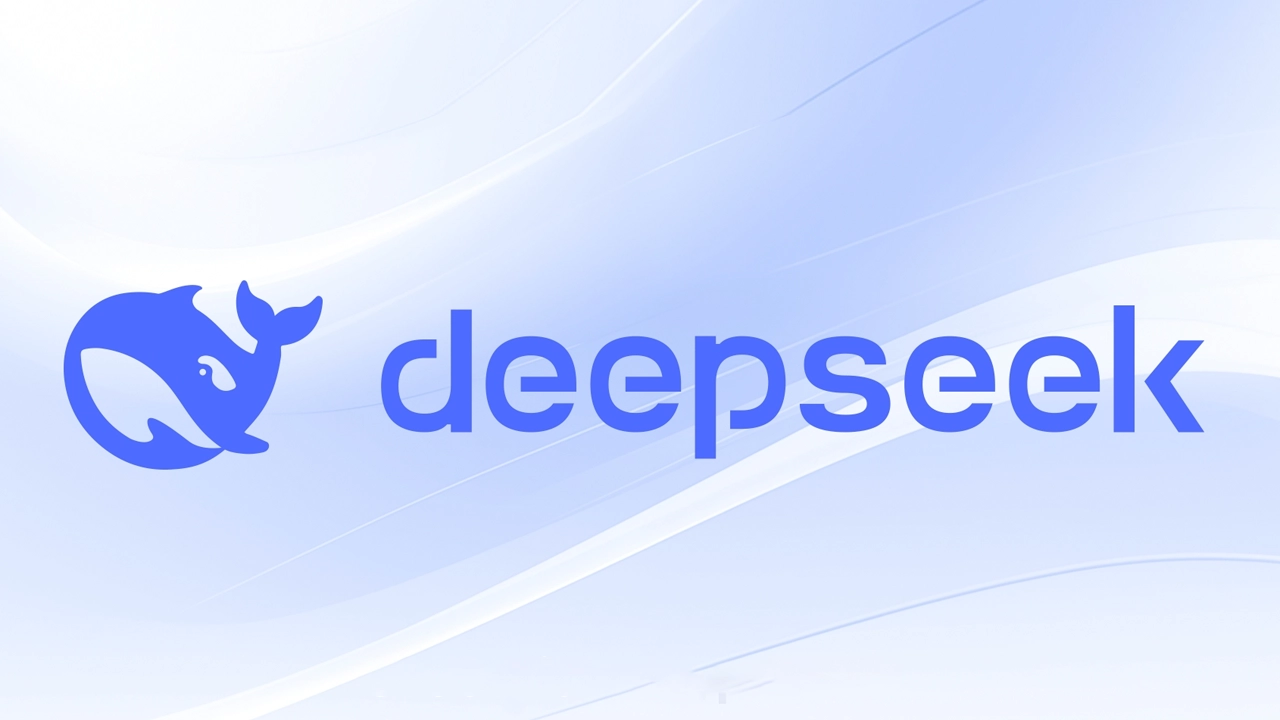
DeepSeek AI. Everything Everyone Needs to Know

Google NotebookLM Explained

Everything to Know About Moshi AI
Everything You Should Know About Gladstone AI

What Are Large Language Models (LLMs) and What Can They Do?

Best AI Assistants

Perplexity AI: Everything Anyone Needs to Know.
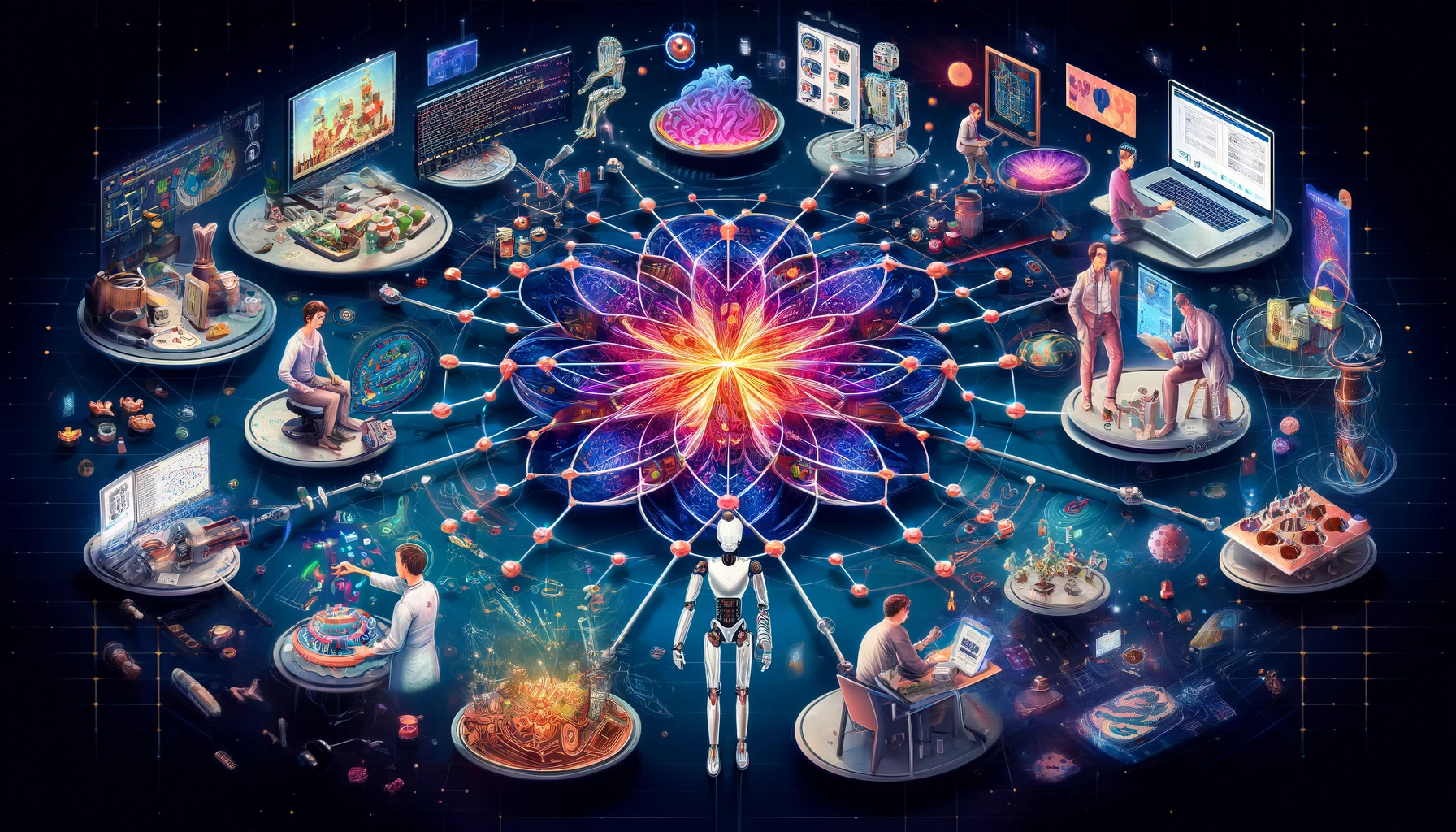
What is Generative AI?



















































